According to the Merriam-Webster Dictionary, social media is defined as a form of electronic communication where users can share information, personal messages, and ideas through virtual channels.
The evolution of social media has fueled communication among users. It became a foundation for nurturing and establishing personal connections.
Today, we’ll learn about the rise of social media and the development of tools and technologies that aided in its sudden popularity and its origins.
The Popularity of Social Media
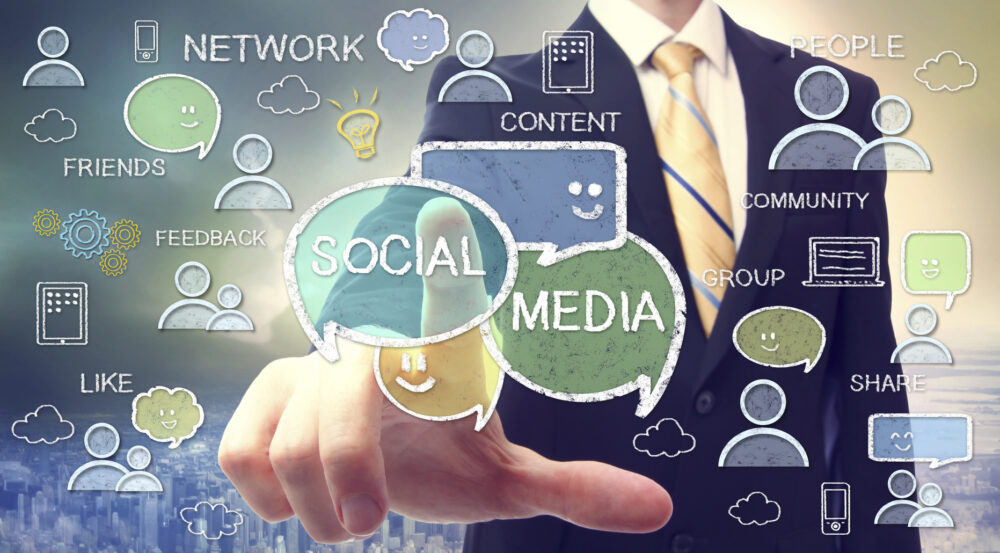
Source: business-ethics-pledge.org
Social media platforms like OnlyFans, TikTok, and Instagram have revolutionized the way we interact and communicate. The popularity of social networking sites has increased over the last couple of years and brought many benefits to users, including the chance to earn money.
Even the best free OnlyFans models have leveraged the advantages of social media platforms and have found ways to earn from their online presence.
Meet New People
Social networking allows people to connect and share their interests and thoughts, open discussions, and interact. Before the development of social media sites, the only places where people could discuss were chat rooms.
Free to Use
Social media platforms are free to use. Content creators and influencers can sign up for sites like Instagram, TikTok, or OnlyFans and take advantage of the numerous job opportunities.
Establish Brand Online
Professional social networks like LinkedIn help people and companies establish a brand online. They help businesses reach potential customers easily and develop targeted ad solutions. Social networks have access to user information like interests, hobbies, and frequently visited spaces, which enables businesses to target their ads accordingly.
Used as Job Portals
Many recruiters have started using the platforms like LinkedIn for recruiting people, enabling jobseekers to use these platforms like a job portal. Sites like UpWork have also become popular among those seeking professionals and those looking for freelance work.
Guide Through History
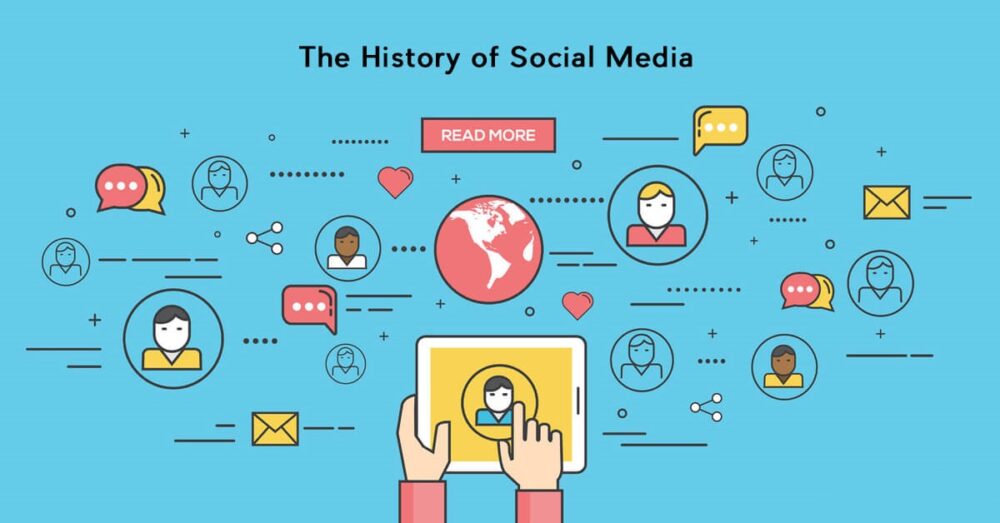
Source: dewzilla.com
Services like Facebook and YouTube are synonymous with social media in today’s world. However, social media has origins tracing back to the 1970s. With the increased speed of modems, bulleting board systems became popular over the years. The first IRC – Internet Relay Chat client and server was set up in 1988 as an extension of the BBS Systems.
Launch of Social Sites
The Internet’s growth enabled the establishment of online communication services like Prodigy, America Online, and CompuServe. These services have introduced digital communication through real-time messaging, bulletin board messaging, and emails.
The BBS systems allowed users to chat in real-time, which resulted in the development of the ICQ and mIRC messaging services in the following years. ICQ continued its updates throughout the years, while mIRC still has had the same website since 2008.
Six Degrees is considered one of the earliest social media networks, followed by Friendster in 2001. The platforms have attracted millions of users and enabled basic online networking.
Blogs and web blogs are other forms of digital social communication. In 2002, LinkedIn was founded for career-minded professionals seeking to expand their professional networks. By 2020, the network fostered 675 million users around the world.
With the launch of MySpace in 2003, social media has seen an incredible rise in users and online presence. By 2006, this platform was one the most popular websites on the planet.
Most Prominent Social Media Networks
There are many social media networks that are still popular nowadays.
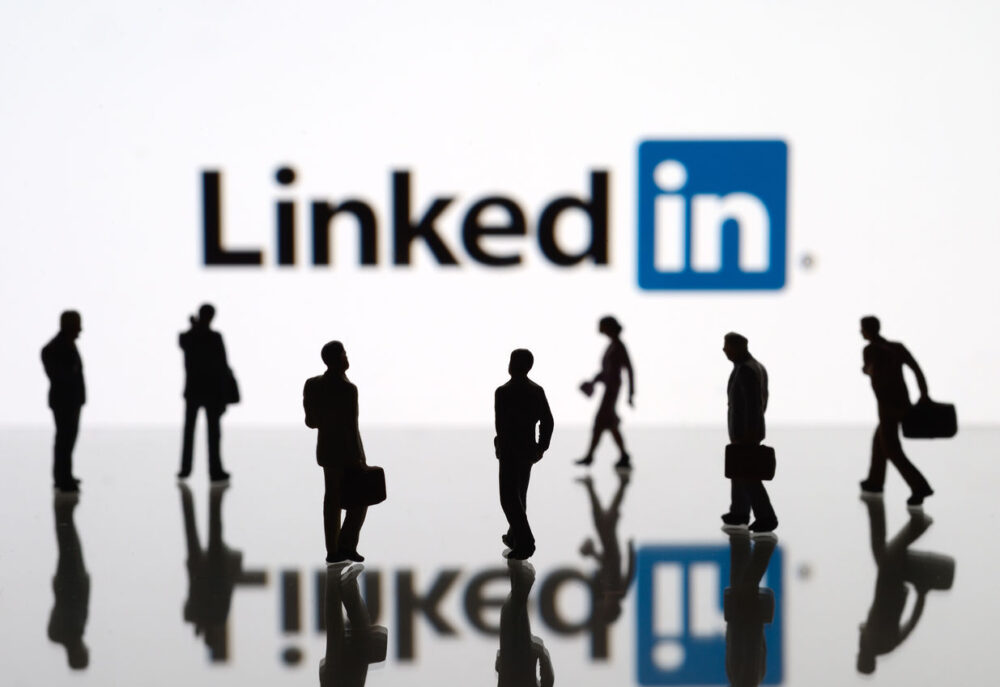
Source: securuscomms.co.uk
LinkedIn was created in 2003 as a social networking space for individuals to connect with business acquaintances, recommend professional services, and find jobs.
It was launched in 2004 by a Harvard alumni we’ve all heard about, Mark Zuckerberg. The platform saw a surge in users from 2008-2014 and nowadays has more than 1.7 billion users.
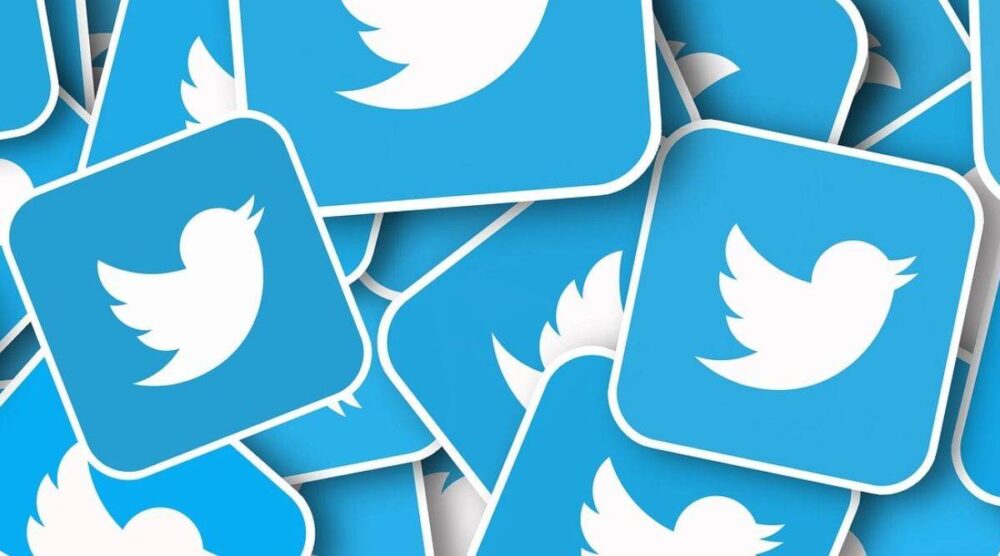
Source: indianexpress.com
It was founded in 2006 in the form of a microblogging site. Now it’s in the top 10 popular social media sites.
Instagram was founded in 2010 by Kevin Systrom, a Stanford graduate. Its main intent was sharing photos, mainly of food. In 2012, Facebook purchased Instagram, and ever since, the platform’s growth has been on the rise. Now it has more than 1 billion users worldwide.
TikTok
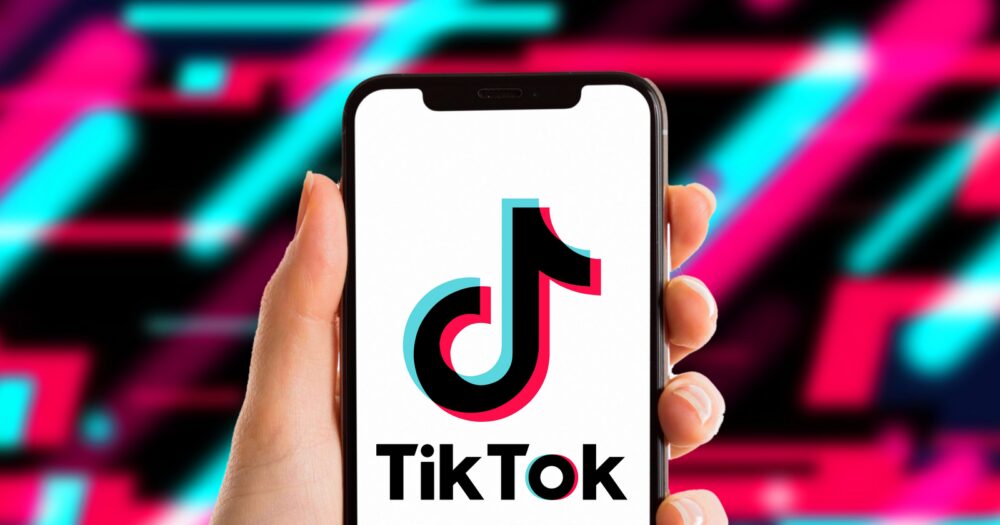
Source: searchenginejournal.com
TikTok was founded in 2016 by a Chinese tech company. It’s one of the most popular platforms nowadays, with more than 1 billion active users monthly.
OnlyFans
OnlyFans was launched in 2016 and quickly became one of the most popular social media sites during the Covid-19 pandemic. It’s a platform that allows content creators to share their content with fans and followers and earn money online. It’s subscription-based, which means that fans can get exclusive access to content creators’ content for a certain monthly fee.
The Impact of Influencers on Social Media Popularity
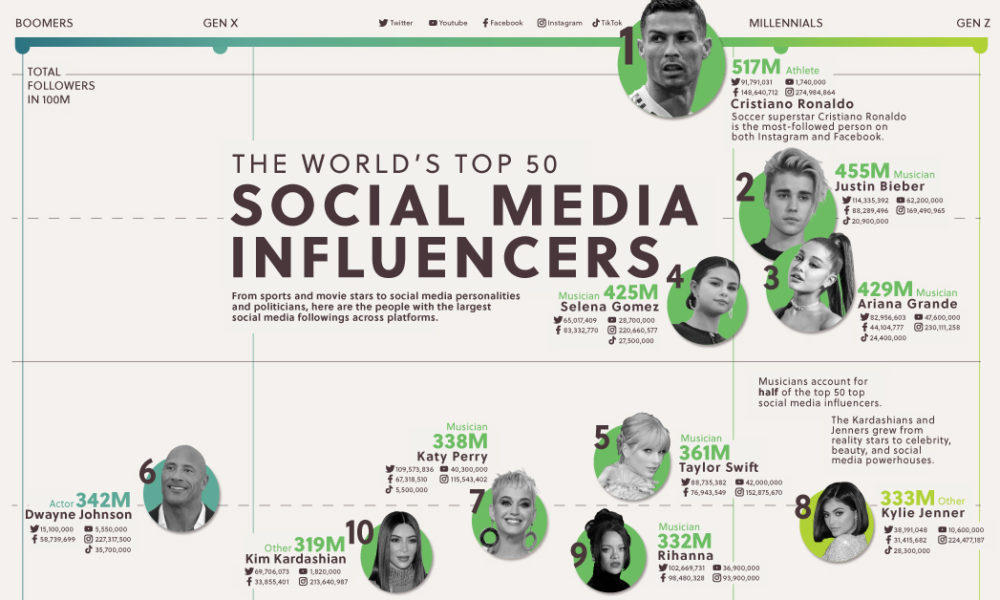
Source: visualcapitalist.com
Social media influencers have quickly become an essential part of the digital landscape. As platforms like Instagram, Twitter, and YouTube have grown in popularity, so too has the role of social media influencers. These influential personalities are highly sought after by brands, businesses, and organizations because of the large reach they can provide for products and services.
But how do these influencers impact social media popularity? Let’s take a closer look at their influence:
First, social media influencers can increase the visibility of a brand or product. By leveraging their strong presence on platforms such as Twitter or Instagram, they can generate more exposure with their followers who may not have been exposed to that particular product or brand before. As such, this exposure to new potential customers can translate into increased sales or engagement with the product/brand concerned.
Second, influencers effectively give a “stamp of approval” to specific products or services. When an influencer shares their positive experience with a product or service that they use regularly, it helps to create an aura of trustworthiness which other consumers will be likely to follow suit on. This “word-of-mouth” effect is one of the most powerful tools in marketing today.
Finally, influencers help to keep people engaged by creating content around relevant topics in their niche industry. By curating interesting content and providing unique perspectives on certain topics, influencers keep users interested and informed about what’s going on in the world around them – which in turn keeps them coming back for more!
To Summarize
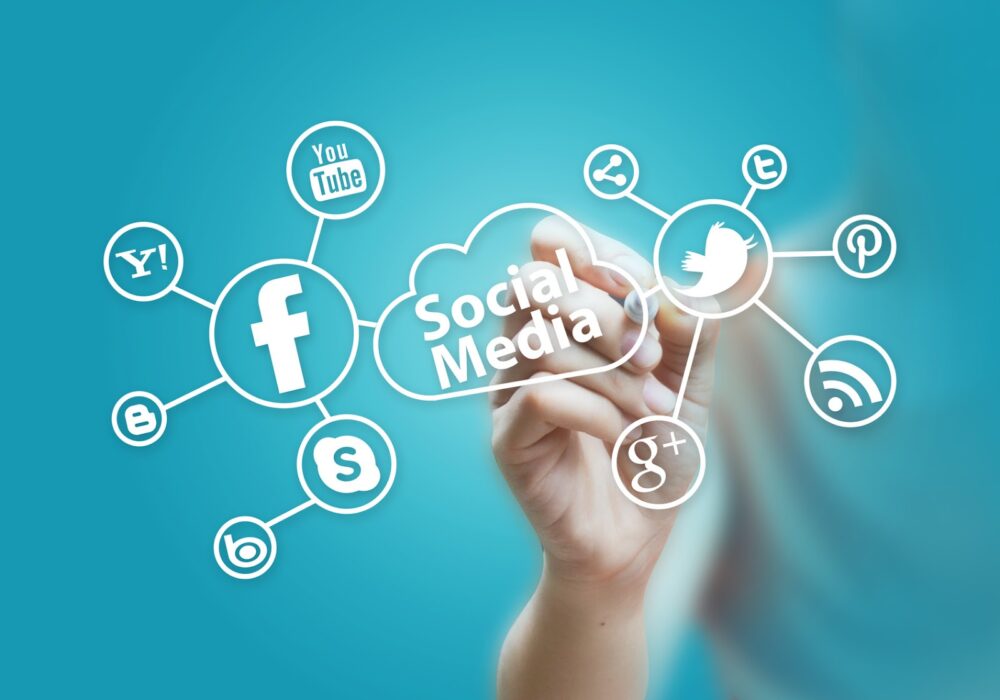
Source: wsbusiness.com.au
Even though not all social media platforms will have a long lifespan, most of them will be around for many years. As companies grow their user bases, popular applications and social media platforms will shape the future of many businesses.


















